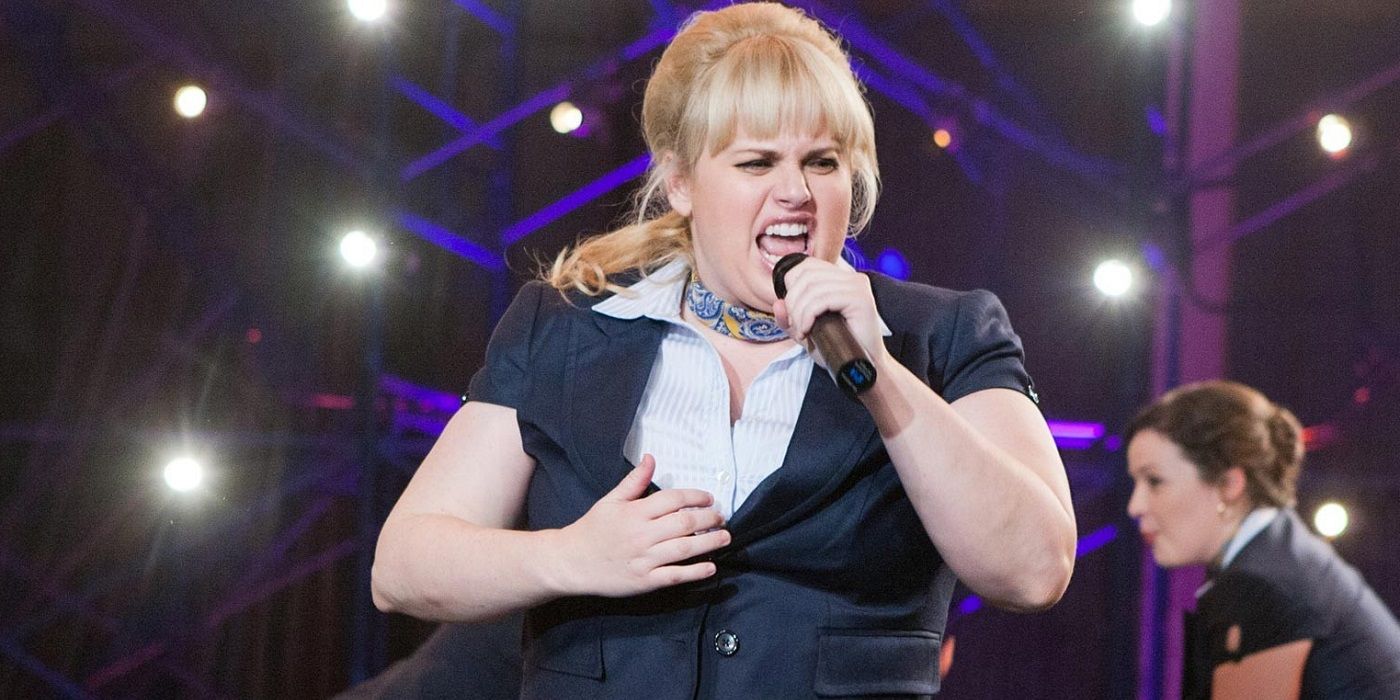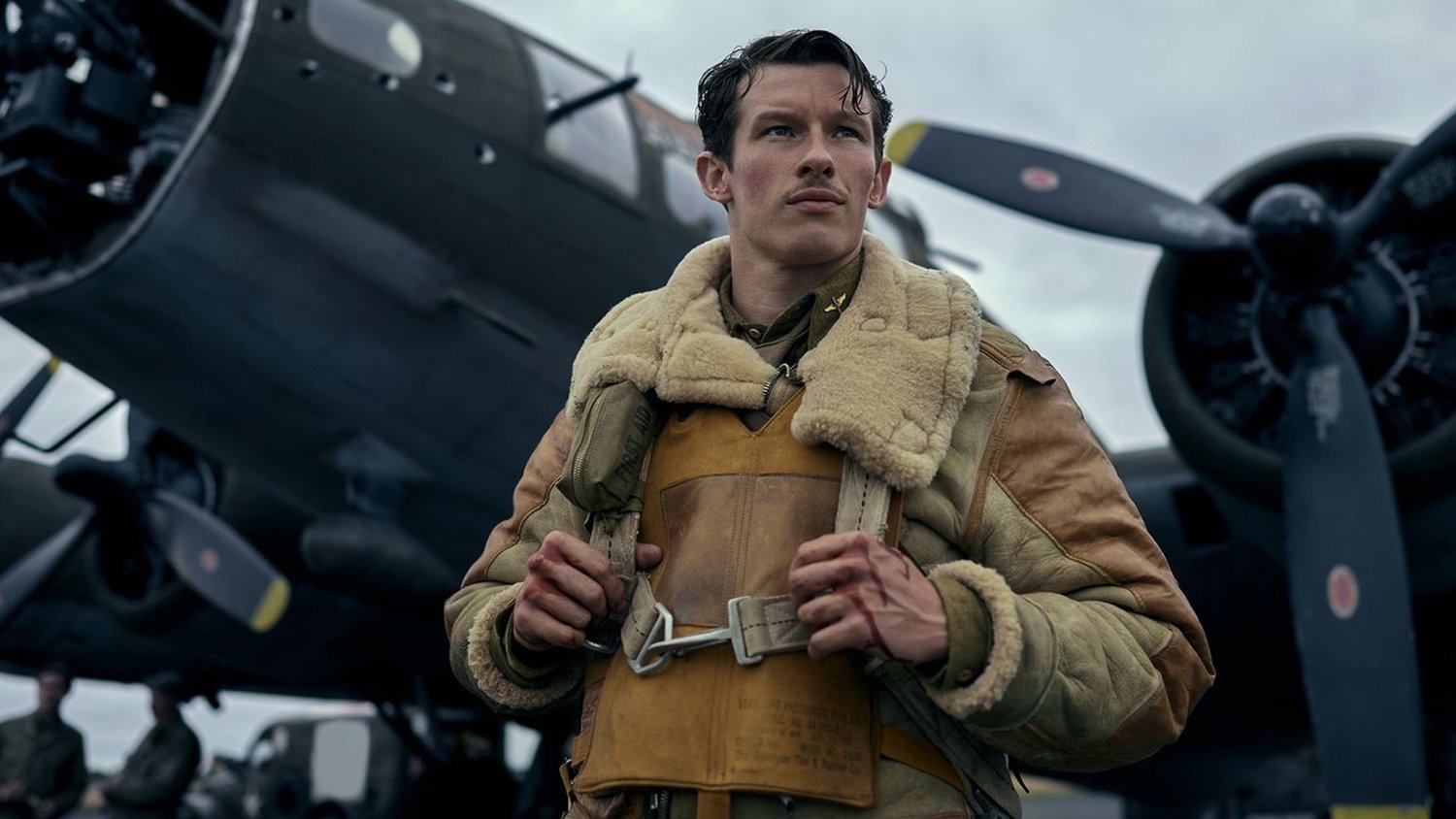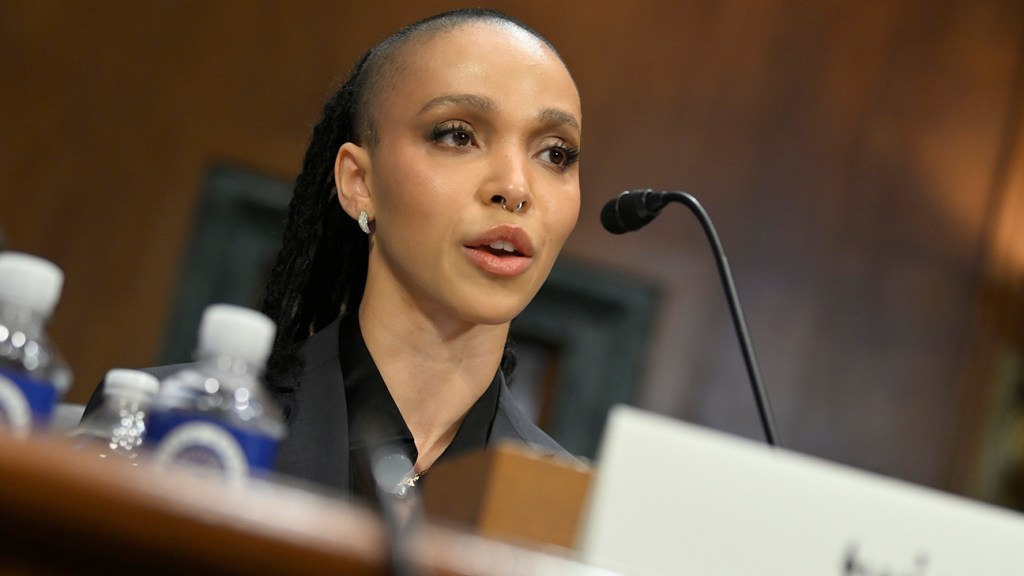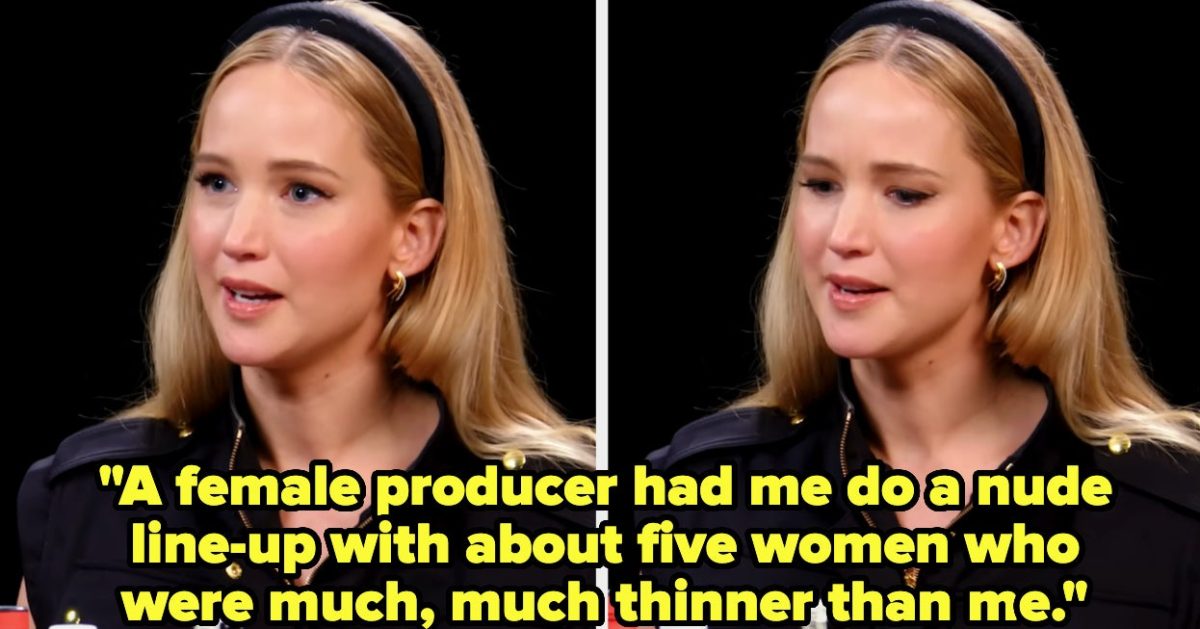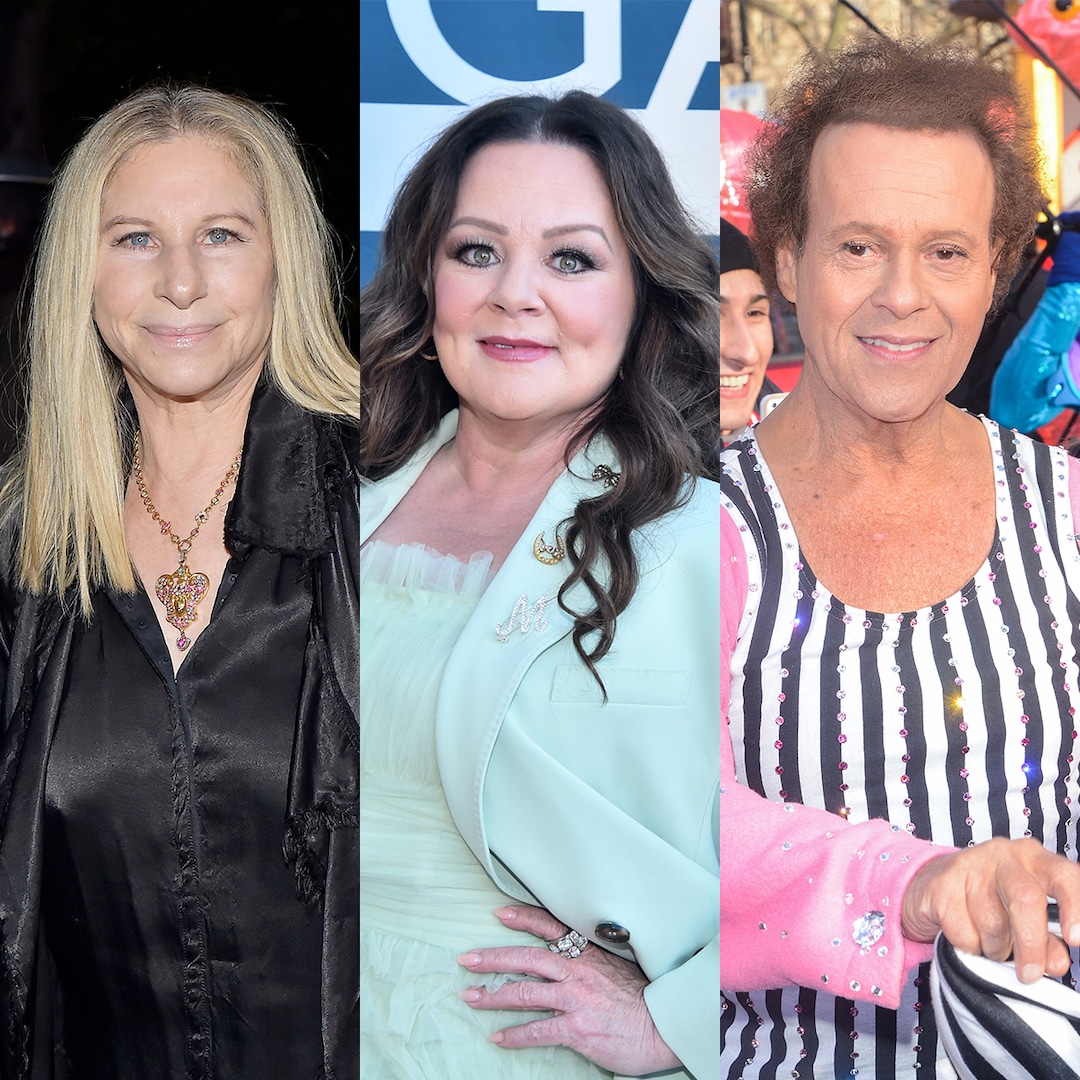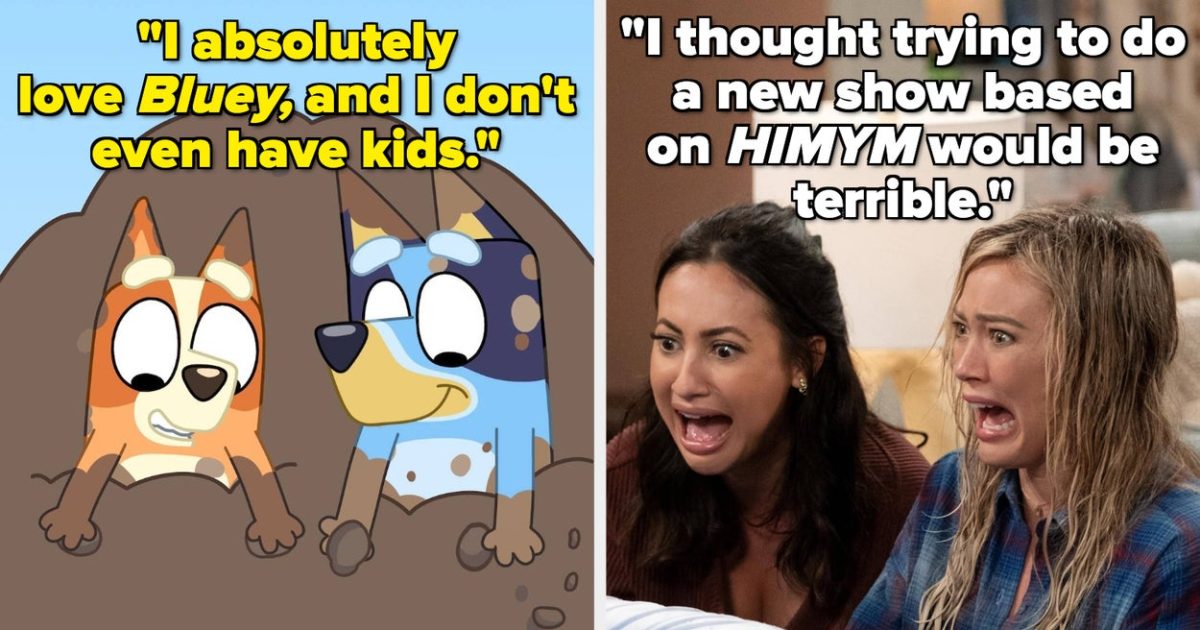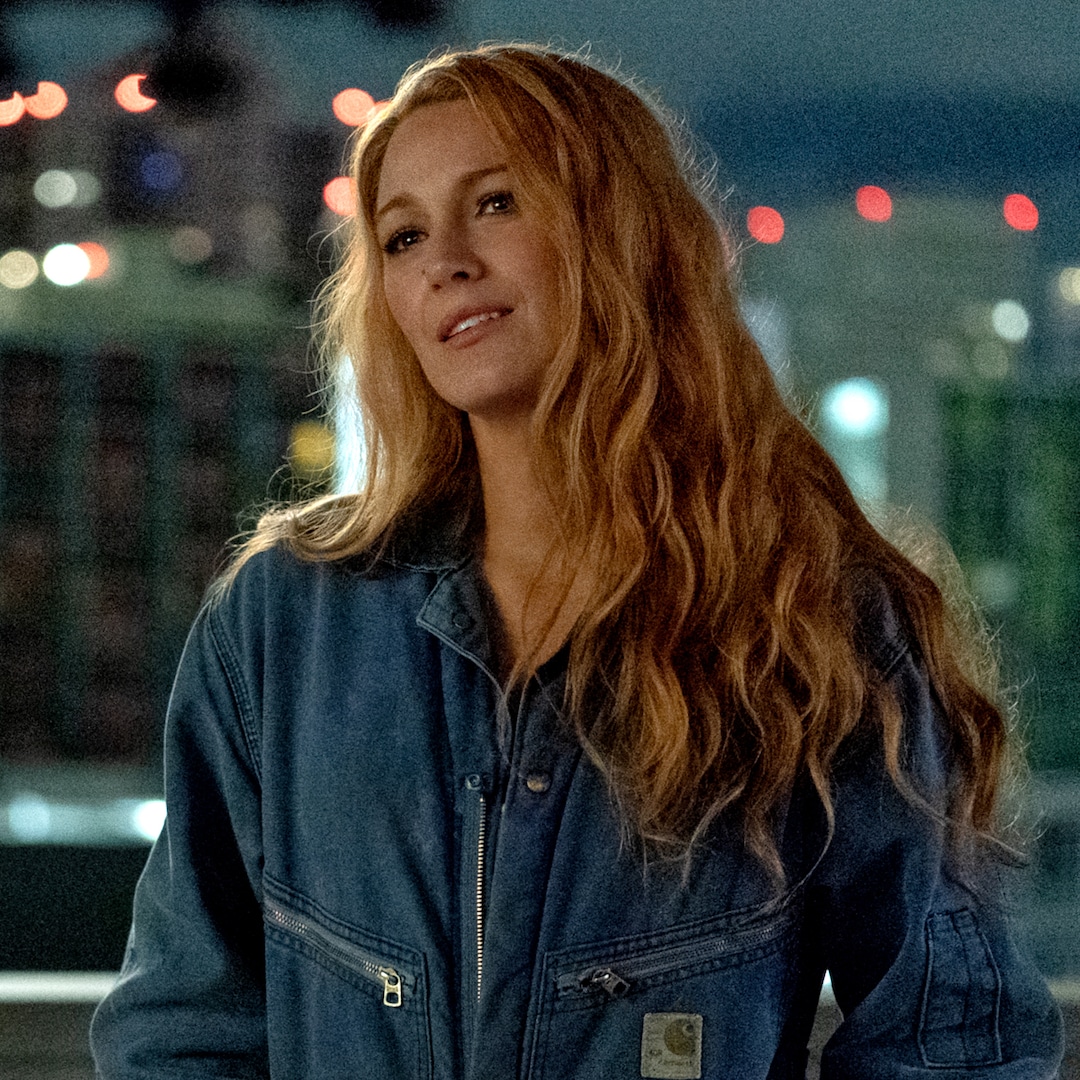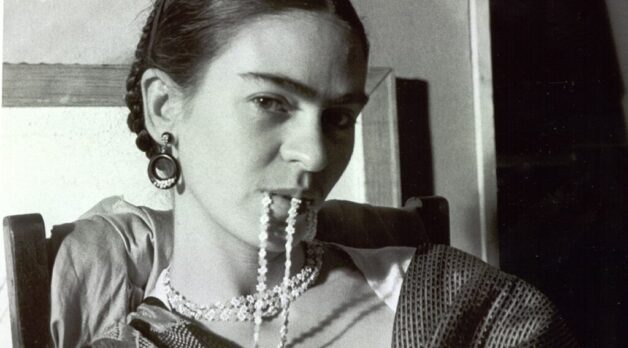
“Being a Latina Immigrant Offered Me Personal Insight Into the Culture That Influenced and Inspired This Great Artist”: Carla Gutiérrez on Her Sundance-Premiering Frida
Jan 19, 2024
FRIDA by Carla Gutiérrez (photo by Lucienne Bloch, courtesy Sundance Institute)
Though 2024 marks seven decades since the passing of Magdalena Carmen Frida Kahlo y Calderón, it often feels as if the ubiquitous artist never actually died (or lived) at all. A feminist/Chicana/indigenous/disabled/nonbinary icon ahead of her (if not outside the concept of) time, Frida Kahlo has long been celebrated as more phantasmagoric myth than flesh-and-blood painter (as opposed to her corporeal hubby Diego Rivera). Indeed, the visage that first radiated from her own canvas has since reverberated — and been commercialized — down through the ages. (One of many ironies in the lives of the staunchly communist couple who traveled America via Rivera’s mural commissions from families named Ford and Rockefeller.)
Serving as her own muse, Kahlo was also an accidental Surrealist who felt no connection to the movement that claimed her: ”I never painted my dreams. I painted my own reality,” she once wrote. Though perhaps “antagonistic” Surrealist is more apt a description. Of its male progenitors she likewise opined, “They poison the air with theories that never came true…It’s a decadent manifestation of bourgeoisie art.”
So how does a filmmaker go about capturing and confining such an ethereal figure to the screen? If you’re the multi-award-winning editor Carla Gutiérrez (Julie Cohen and Betsy West’s RBG and Julia) you compile and compose as much Frida-generated material as seemingly possible: letters, essays, her personal diary (and sketches and paintings from that diary); and also nearly 50 original paintings and sketches (and around half a dozen Rivera murals). Then you add in first-person accounts from Kahlo’s colleagues and intimates (and very intimate intimates) and arresting archival photos. Finally, you complete your topnotch, mostly Latinx team with Mexican animators and a lyrical narrator to guide us through this wonderland that was the fiery legend’s real magical world.
Just prior to the Sundance premiere of Frida (January 18th in the US Documentary Competition) Filmmaker reached out to the veteran editor to learn all about her own artistic journey to this auspicious, all-archival directorial debut. (Produced by Imagine Documentaries and TIME Studios, in association with Storyville Films, Frida also hits Prime Video on March 15th.)
Filmmaker: How did this film originate?
Gutiérrez: It really originated decades ago when I was in college. As a student I would procrastinate by looking at art books in the library. That’s where I first saw a Frida Kahlo painting — a self-portrait of Frida standing on the borderline between the United States and Mexico. It completely encapsulated my own experience as a new immigrant, navigating a new, often unwelcoming country, and missing home desperately. I then started devouring all the books about her life and found her paintings to be a refuge for my own emotions. There are a lot of people in the world who have this kind of strong connection to Frida and her art.
When I looked into Frida’s life again a couple of years ago I realized that Frida herself could tell us quite a bit of her story, and that Frida’s own voice hadn’t been the true focus of a film yet. I felt that my experience crafting stories from archival material as a documentary editor; my cultural understanding of the world that created Frida; and my emotional connection to her art would help me offer a new perspective into this beloved icon.
Filmmaker: You’re a multi-award-winning editor who decided to team up with another multi-award-winning editor, David Teague, on this project, which makes me curious to hear what the post process was like. Did you work in parallel? Were you two always on the same page in terms of the doc’s structure and working with this vast archive?
Gutiérrez: Bringing David onboard as our supervising editor was a stroke of genius. I was both directing and editing the film, and frankly, I needed someone with the story chops to stand with me as we figured out the thematic connections and how to propel the narrative forward while never losing sight of Frida’s internal world.
I discovered that as director I had a harder time letting go of details that didn’t serve the narrative. I could see myself drowning in the massive amount of archival content we had gathered. David has this extraordinary talent to draw the central theme of a film and come up with beautiful story paths in service of that theme.
I edited and then we would have long story sessions together. I’m sure David learned to distinguish between my “I’m processing your note” facial expression from my “I completely disagree with you” look. Of course there were disagreements. But I think as editors we both understand that the process of exploring options, failing, and trying again leads to things that work.
Filmmaker: How did you find your Mexican animation team? What was that collaboration like?
Gutiérrez: I’m incredibly proud that most of our creative team is Latinx and bilingual. Many of them are Mexican collaborators we actively sought out. We initially found one of our animation artists, Maria Lumbreras, on Instagram. She introduced us to our two animation leads, Renata Galindo and Sofía Cazares, and they went on to form an animation collective that worked on our project.
They actually got involved in the creative process much earlier than most animation teams do. I invited them to brainstorm together and to experiment with animation drafts as we were editing early segments. The film shows the development of an artist who bled her emotions into her canvas, so it was very important to me that the animation likewise show how Frida’s paintings originated from intense and often painful life experiences. The animation team worked endlessly to do justice to Frida’s art.
Filmmaker: In addition to the treasure trove of artwork, Kahlo left behind a wealth of writing, from diary entries to letters and essays, not to mention she also gave print interviews. So how did you choose which visual and written materials to incorporate into the film? How did these decisions impact the narration and music?
Gutiérrez: We began by collecting all of Frida’s writings, which are scattered in different collections around the world. My team, led by our amazing producer Katia Maguire, compiled what we believe to be the most comprehensive database of Frida’s writing. But the print interviews we had were short and limited. Frida didn’t write down the story of her life; she mostly wrote down her immediate emotions in letters and in her diary. This was a challenge that became an opportunity. We leaned on her emotions more than anything, and we saw that by doing so Frida was able to carry the entire narrative herself.
We treated the archival footage as if we were seeing the world through her eyes. I edited the visuals thinking about how my protagonist moved through this particular time and space. That informed the rhythm, the pacing, and the types of shots I used. It also informed the wonderful score by Victor Hernadez Stumpfhauser. Our goal was to reflect where Frida came from, while acknowledging that she was a rebel then and would be a rebel now. We kept asking ourselves, what would Frida listen and dance to in our time? My bet is that she would be getting down to some cumbia.
Filmmaker: So many different (and overlapping) communities far beyond the art world see themselves reflected in Kahlo — feminist, Chicana, indigenous, queer (nonbinary), and even the disabled. Did you feel an obligation to these audiences when it came to highlighting all the myriad facets of the artist? How important is representation to you in your work?
Gutiérrez: I feel representation is essential. Being a Latina immigrant offered me personal insight into the culture that influenced and inspired this great artist. Frida Kahlo is multifaceted, and my producer and I made sure to embark on deep and sound research to understand her and her world as much as we could.
I find that deep knowledge gives me extraordinary creative freedom to play and experiment. I felt a strong obligation to Frida herself. She was a proud Mexicana, communist, gender bender, passionate, physically pained woman who was so very complex. She was an artist who didn’t hold her voice back. That’s why so many communities connect with her art and her life. Our goal was to share Frida’s voice in an honest, raw and intimate way. By honoring her voice I really hope that all the communities that claim her see themselves and discover her in a new way through our film.
Publisher: Source link
15 Nightmare Audition Experiences Actors Shared
She said that, at a film festival several years down the road, a drunk producer told her, "Oh, Thandie, I've seen you recently!" She said, "And he lurched away, looking really shocked that he'd said that."Her husband, Ol Parker, spoke to…
May 2, 2024
Richard Simmons Defends Melissa McCarthy After Ozempic Comments
Ozempic is no laughing matter for the comedian. Handler revealed her "anti-aging doctor" prescribed her the medication without realizing what the drug was. "I didn't even know I was on it," she said during the Jan. 25, 2023 episode of Call…
May 2, 2024
Schitt’s Creek, Love Is Blind, & Other TV Shows People Didn’t Expect To Love
Schitt's Creek, Love Is Blind, & Other TV Shows People Didn't Expect To Love We asked the BuzzFeed Community to tell us the TV shows they didn't think they'd like for even one second. But, by the grace of the…
May 1, 2024
It Ends With Us First Look Teases Lily & Atlas’ Reunion
The countdown to It Ends With Us starts now. After some adjustments on the calendar, the highly anticipated film adaptation of Colleen Hoover's novel is officially coming to movie theaters on August 9, Sony Pictures confirmed, promising it to be the "movie…
May 1, 2024
